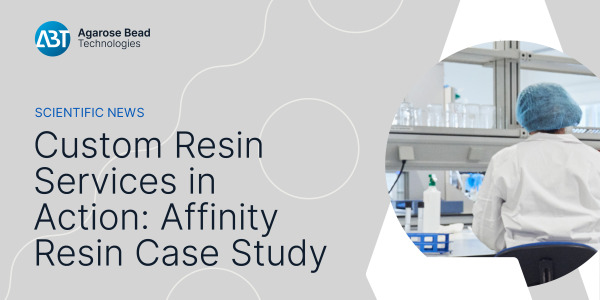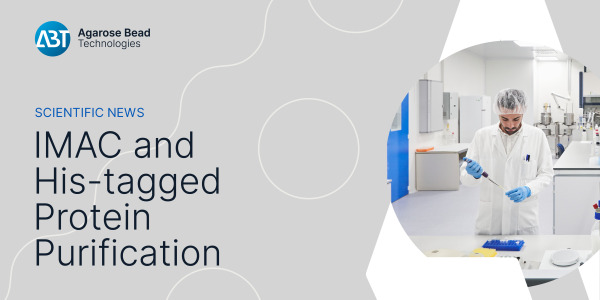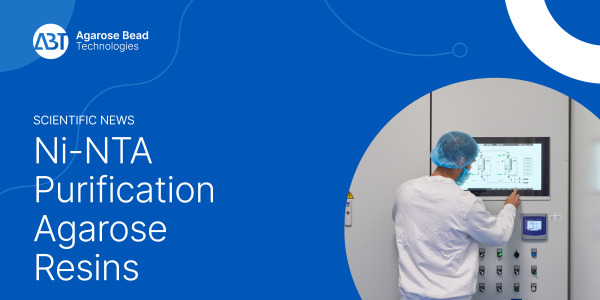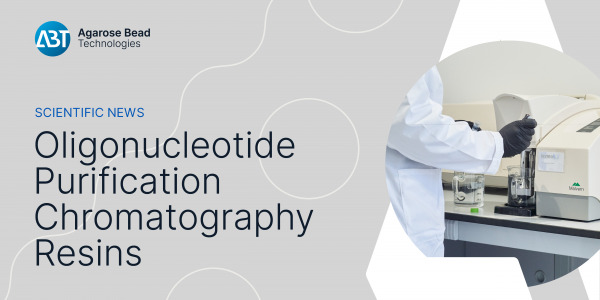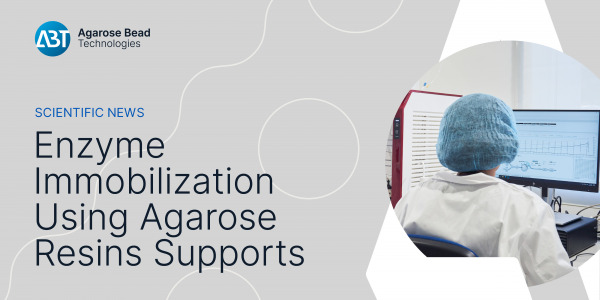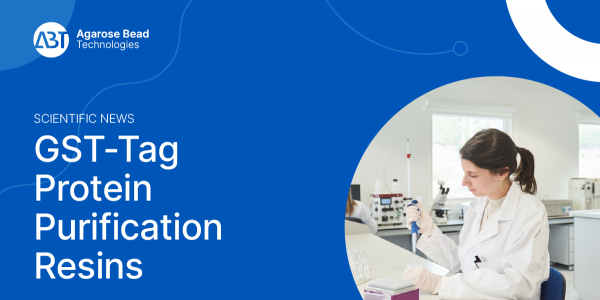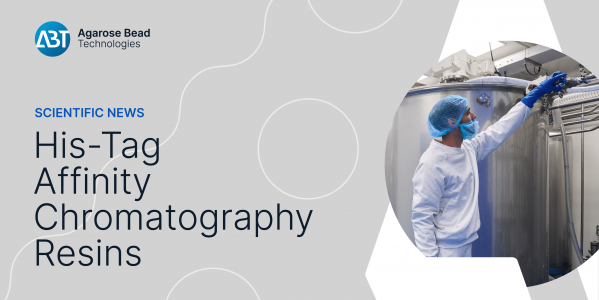News
Next Stop: BPI Boston 2025!
ABT returns to Bioprocess International Boston, where the future of bioprocessing from cell line and cell culture to downstream and next generation manufacturing, is showcased.
Read moreABT has been awarded the "Innovative SME" label by the Spanish Ministry of Science, Innovation and Universities
This seal confirms the company's commitment to research, custom development and innovation in the field of bioprocessing.
Read moreThe purification of recombinant proteins is a common procedure in the pharmaceutical and biotechnology fields. The addition of tags that enhance specificity during selection and elution is a widely adopted approach in the industry, specially, the addition of a polyhistidine tail (His-tag).
His-tag enables protein separation through Immobilized Metal Affinity Chromatography (IMAC).
BUT, WHY IMAC MATTERS FOR HIS-TAGGED PROTEIN PURIFICATION?
IMAC has become the gold standard due to its simplicity and efficacy. The principle is clear: the His-tag chelates divalent metal ions immobilized on a resin, allowing selective retention and subsequent elution of your protein of interest.
Nevertheless, not all IMAC resins are created equal. The choice of chelating group (IDA vs NTA) and metal ion (Ni²⁺, Co²⁺, Cu²⁺, Zn²⁺) impacts your purification outcome.
At ABT, we offer a range of high-performance IMAC resins tailored for both research and industrial applications. Here's how to choose the right one.
IDA, NTA AND METAL IONS
IDA (iminodiacetic acid) and NTA (nitrilotriacetic acid) are the chelators in IMAC resins. IDA has three coordination sites, offering moderate binding strength and is typically used for standard purifications with high yield. NTA, with four coordination sites, provides stronger and more specific binding, making it ideal for applications requiring higher purity.
The choice of metal significantly affects both binding strength (yield) and specificity (purity) (Figure 1). Nickel (Ni²⁺) offers high affinity and is ideal for purifying most His-tagged proteins with good yield. Cobalt (Co²⁺), on the other hand, provides higher specificity, making it the preferred choice for applications requiring greater purity.
.jpg)
Figure 1. Visualizing affinity provided by Nickel vs. Cobalt specificity for common IMAC metals.
Agarose Bead Technologies (ABT) offers both IDA- and NTA-based resins, each available pre-charged with various metal ions or uncharged for user-specific needs.
TIPS FOR CHOOSING THE RIGHT RESIN
✅ For high yield: Start with Ni-IDA or Ni-NTA
✅ For high purity: Use Co-IDA
✅ For optimization flexibility: Use uncharged IDA/NTA resins
✅ For high chelators concentration: Use extrachel

